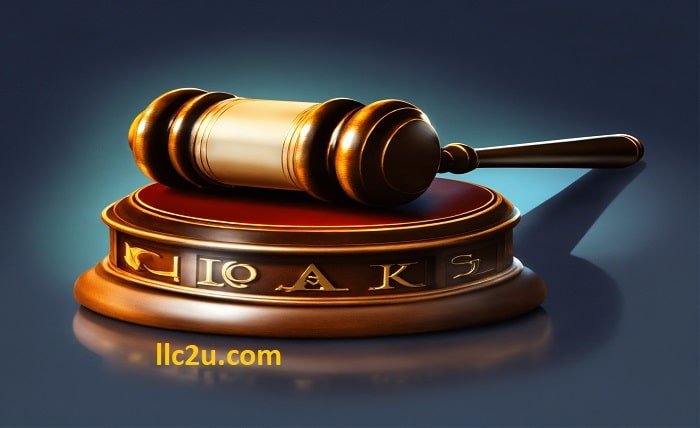Is Half Wicked Legal? Grey Areas of Morality and Law

The phrase “half wicked” ignites curiosity. It hints at something mischievous, perhaps skirting the edges of what’s acceptable. But when applied to the legal realm, the question gets murky. Can something truly be “half wicked” and legal? Let’s delve into the complex interplay of morality, ethics, and law to see where the lines get blurred.
1. The “Wickedness”:
Defining “wickedness” legally is challenging. Laws focus on objective actions and their consequences, not inherent wickedness. Morally questionable acts may not break any laws, while seemingly harmless actions can have unintended negative consequences. This gap between subjective morality and objective legality creates the space for “half wicked” actions.
2. Grey Areas:
Many legal areas exist in grey zones. Consider loopholes, technicalities, and legal strategies that exploit the letter of the law while seemingly violating its spirit. These actions may be perfectly legal yet ethically questionable, sparking the “half wicked” debate.
3. Intent Versus Impact:
Legal systems primarily judge intent, while morality often emphasizes impact. This creates another tension point. An action committed without malicious intent can have devastating consequences, raising questions about its “wickedness” even if deemed legal.
4. The Morality Clause:
Some legal systems, like certain medical ethics guidelines, incorporate a “morality clause.” This clause allows professionals to refuse actions they deem unethical, even if legal. This highlights the ongoing struggle between legal permissibility and individual moral compasses.
5. The Power of Public Perception:
While legality sets the baseline, public perception plays a crucial role. Actions deemed legal but morally dubious can face societal backlash, creating pressure for legal reform or stricter ethical standards. Public outrage over “half wicked” actions can drive legal change.
6. The Evolving Landscape:
Law and morality are not static entities. They evolve with societal values and technological advancements. What was once “half wicked” may become illegal over time, and vice versa. This continuous adaptation ensures the legal system reflects the current societal conscience.
Conclusion
The label “half wicked” in the legal sphere is subjective and nuanced. While laws provide clear boundaries, morality throws shadows of ambiguity. Recognizing the complexities of intent, impact, and evolving ethics helps us navigate these grey areas and strive for a legal system that aligns with societal values. Remember, true justice should not just be legal, but also morally sound.
FAQ
- Q: Can you provide examples of “half wicked” actions in the legal sphere?
A: Examples could include exploiting legal loopholes for personal gain, using technicalities to avoid responsibility, or engaging in legal but unethical advertising practices. However, context and individual perspectives significantly influence how “wicked” these actions are perceived.
- Q: Should laws always reflect societal morality?
A: This is a complex question with no easy answer. Balancing societal values with individual rights and ensuring a stable legal system presents constant challenges. Open dialogue and debate are crucial for finding the right balance.
- Q: What can individuals do to ensure ethical legal practices?
A: Supporting organizations promoting legal reform, raising awareness about unethical practices, and holding legislators accountable for their decisions are all important steps. Additionally, educating oneself about the law and advocating for ethical values in your own community can make a difference.
- Q: Where can I learn more about this topic?
A: Numerous legal and ethical resources are available online and in libraries. Consider exploring legal philosophy, business ethics, and current events surrounding legal controversies to gain broader perspectives.



